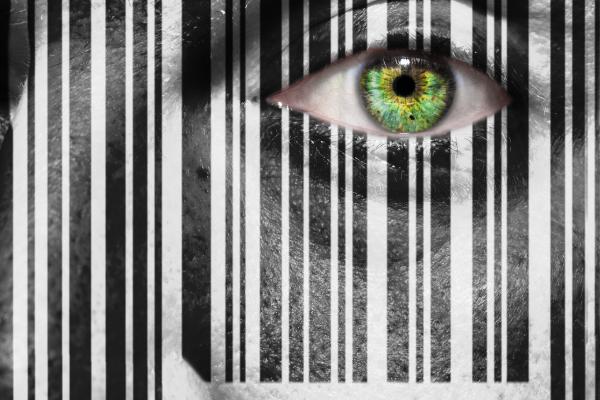James' assertation that "Religion that God our Father accepts as pure and faultless is this: to look after orphans and widows in their distress"(1:27) is nothing new in the church. This verse gets pulled out on service days and when seeking funds for short-term mission trips. Its widespread usage makes it easy for us to see the orphan and widow as abstract conceptions. At best they are just another good we should do and at worst, we see them as an outdated notion that does not really apply to the modern American church.
However, the plight of these two underrepresented and often ignored groups — women and children — has modern impacts. These two tell the tale of human trafficking today. Human trafficking is an emerging human rights issue both globally and in the United States. With an estimated 14,500 - 17,500 trafficked through the U.S. each year, it is essential for the church to take notice. The orphan and widow make up the majority of human trafficking survivors.
Read the Full Article

